Sunday was forecast to be the sunniest and warmest day for a while, so we took advantage and spent most of it trudging the knee-punishing hills of Granada’s Albaicín neighbourhood.
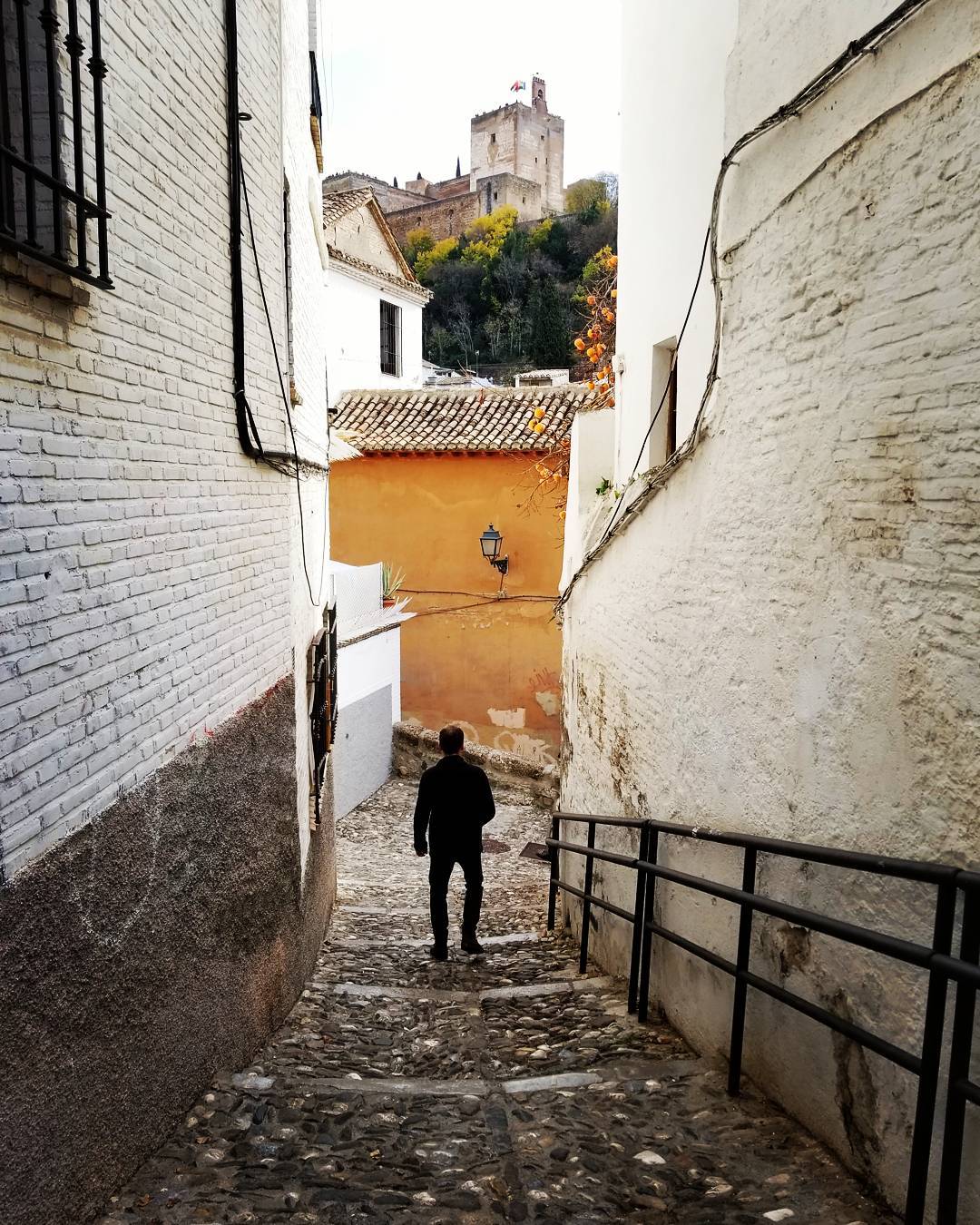
The streets immediately around our hotel — including the ones we use to get down to what I call “civilization” — are ludicrously scenic and we still can’t walk them without taking numerous photographs.
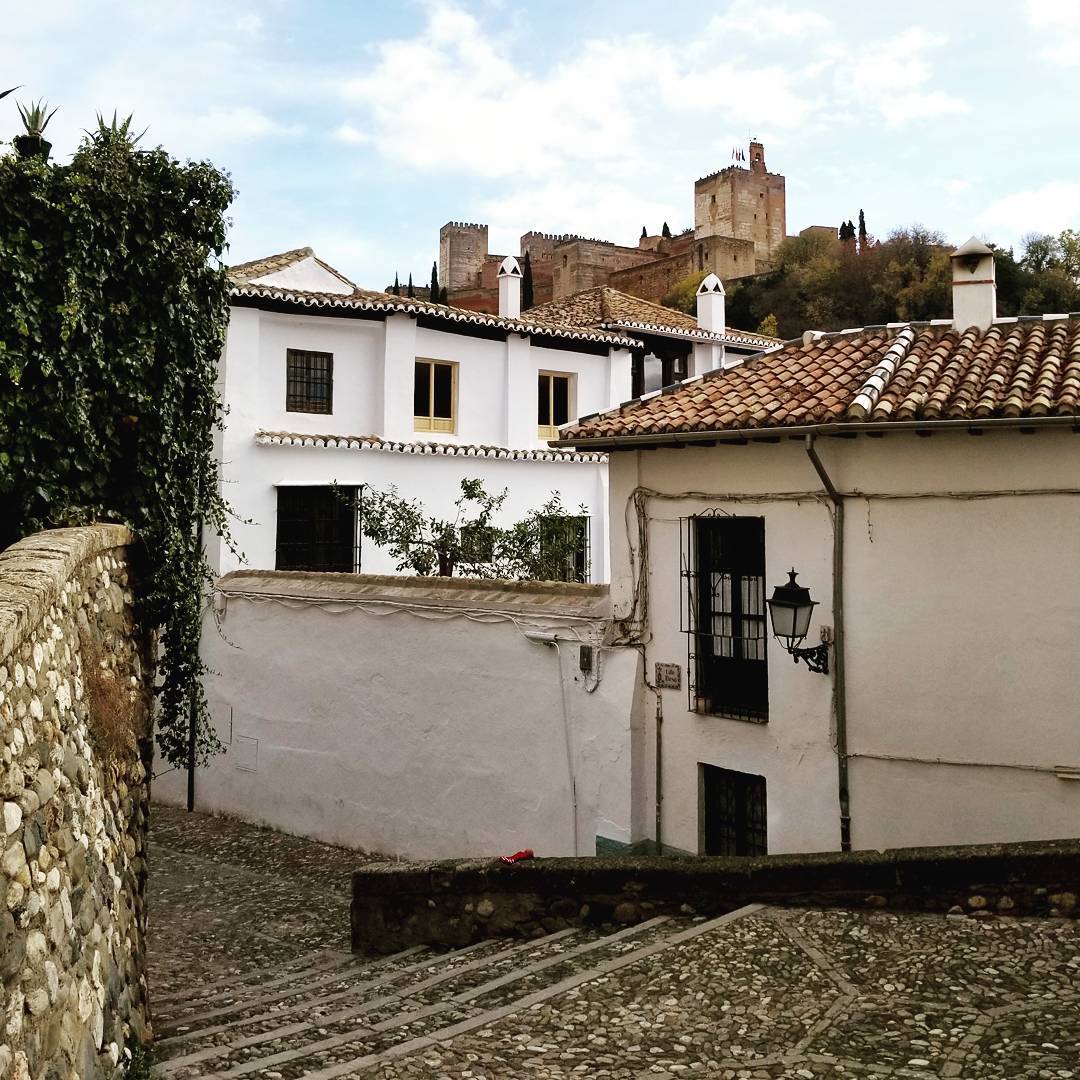
The Albaicín is the historic Moorish quarter of Granada and dates to the 11th Century. After the “reconquest” of the Iberian Peninsula by the Christians in the late 1400’s the entire Muslim population was relocated to this area. They remained there for several decades before gradually being forced to convert or flee.
This doorway was the main entrance to the original centre of Islamic Granada and the first walled site of the historic city. It was declared a Historical Artistic Monument in 1931.
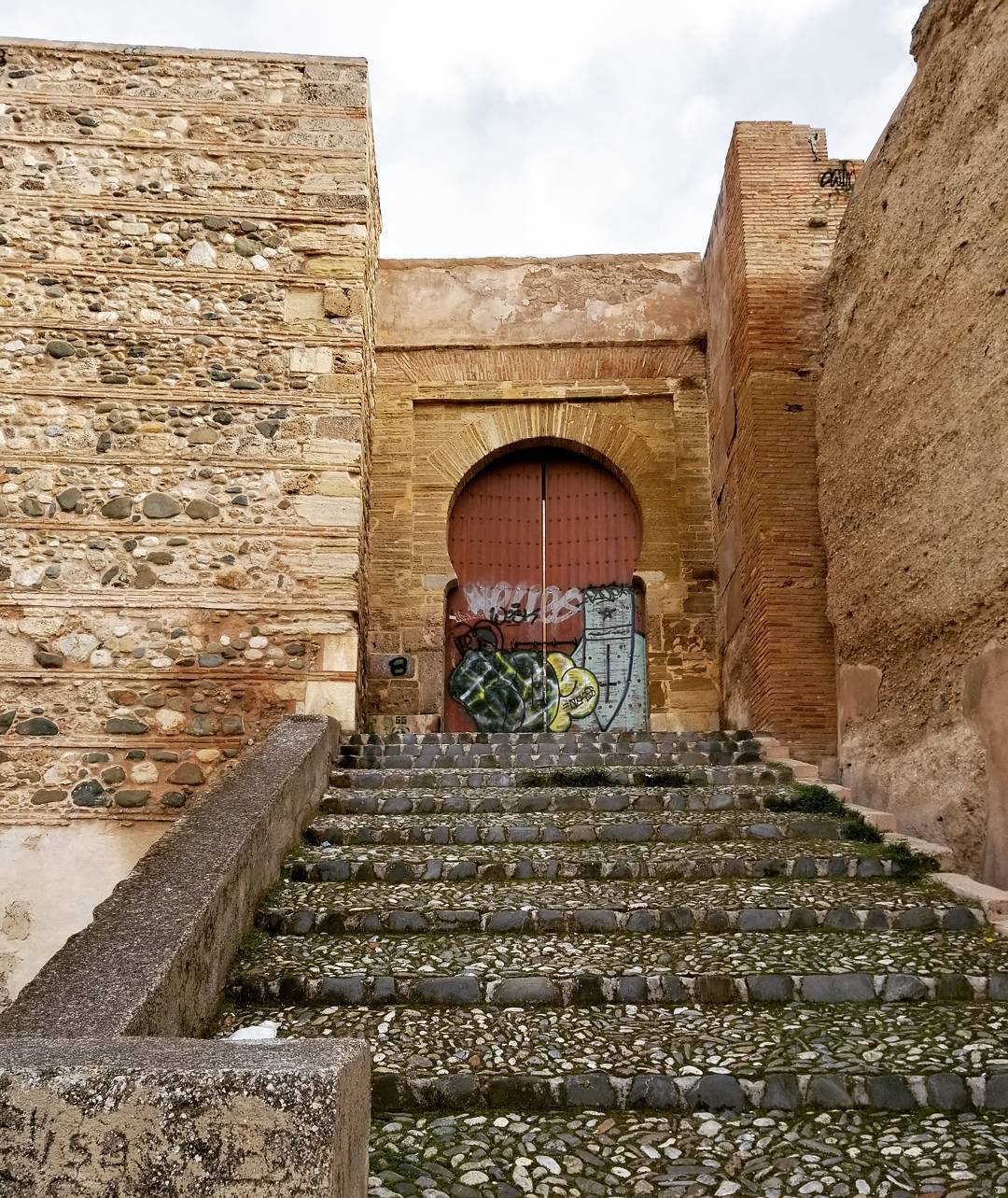
The Carmen de los Cipreses (the Carmen of the Cypresses) is very near our hotel and dates to the late 16th Century. Carmen refers to a typical Albaicín house with a walled garden, and this is one of the oldest still standing.
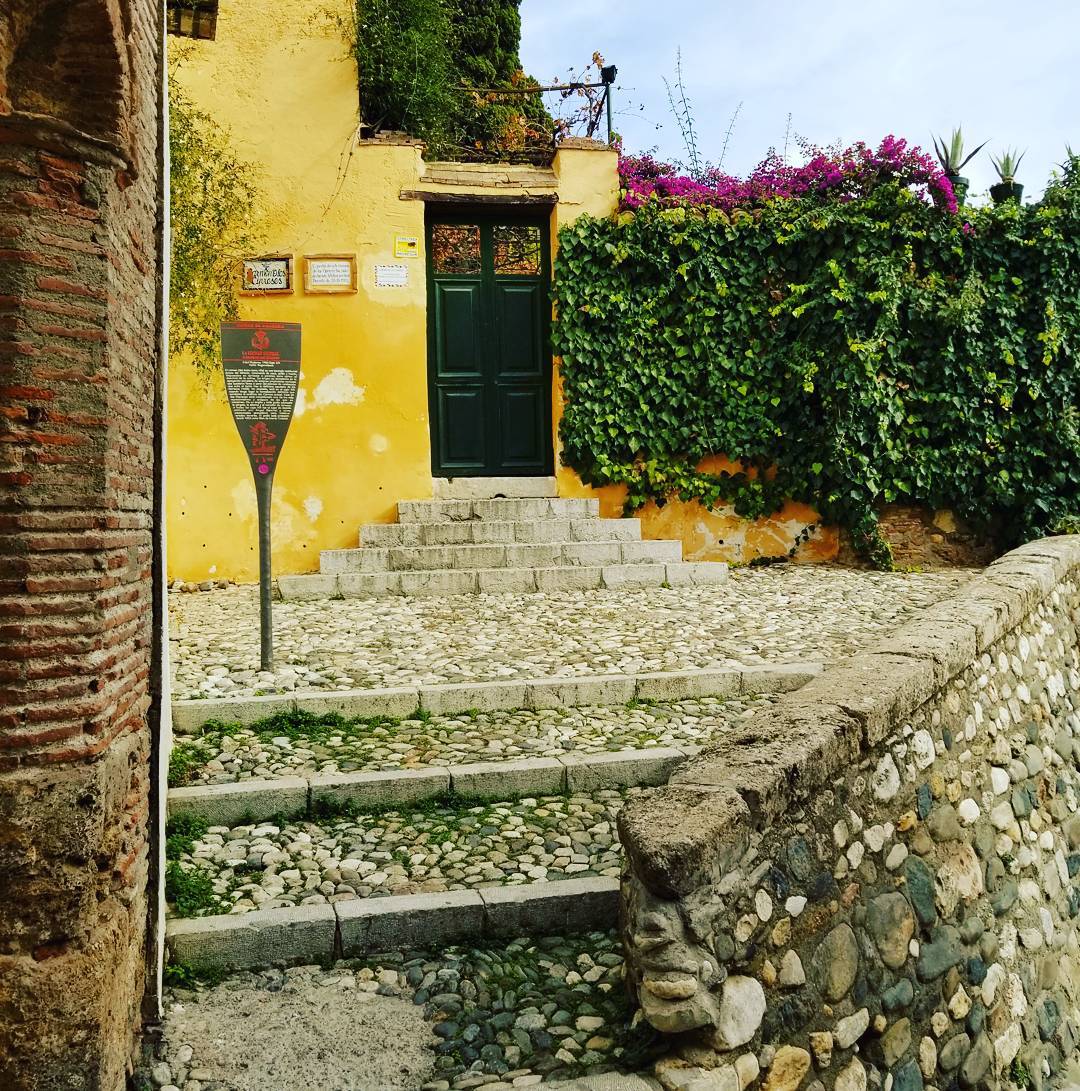
With help our cell phone GPS we were able to first wend our way up to the Mirador de San Cristobal, one of the more modest viewpoints in the Albaicín, which is to say that it was pretty incredible.
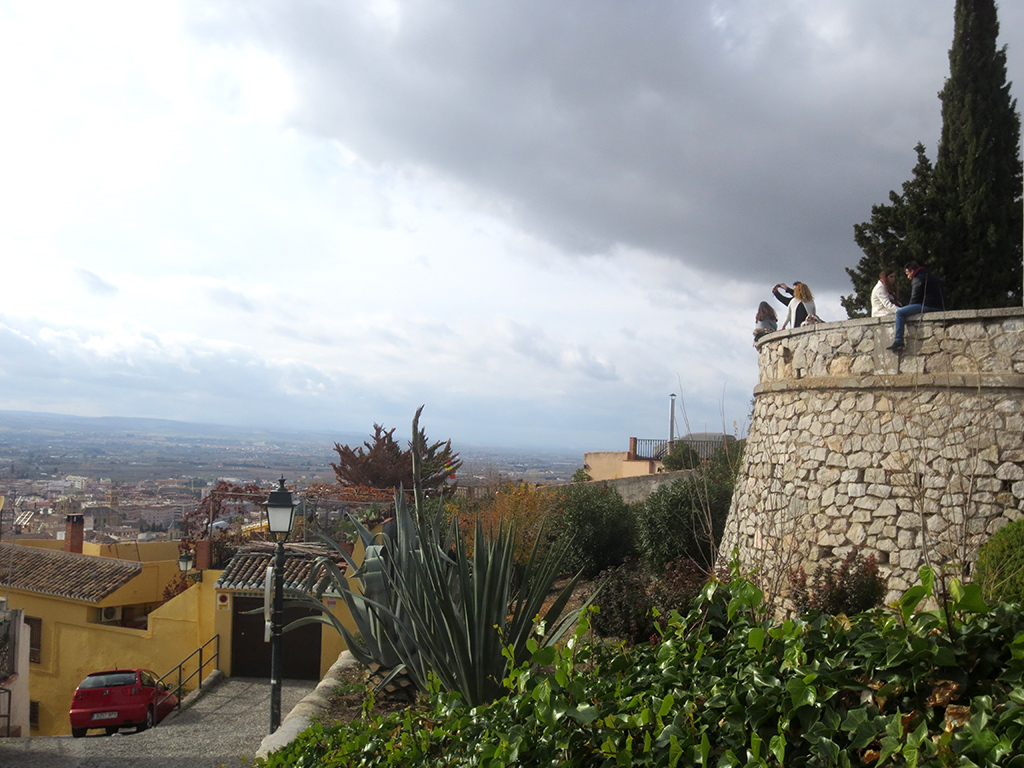
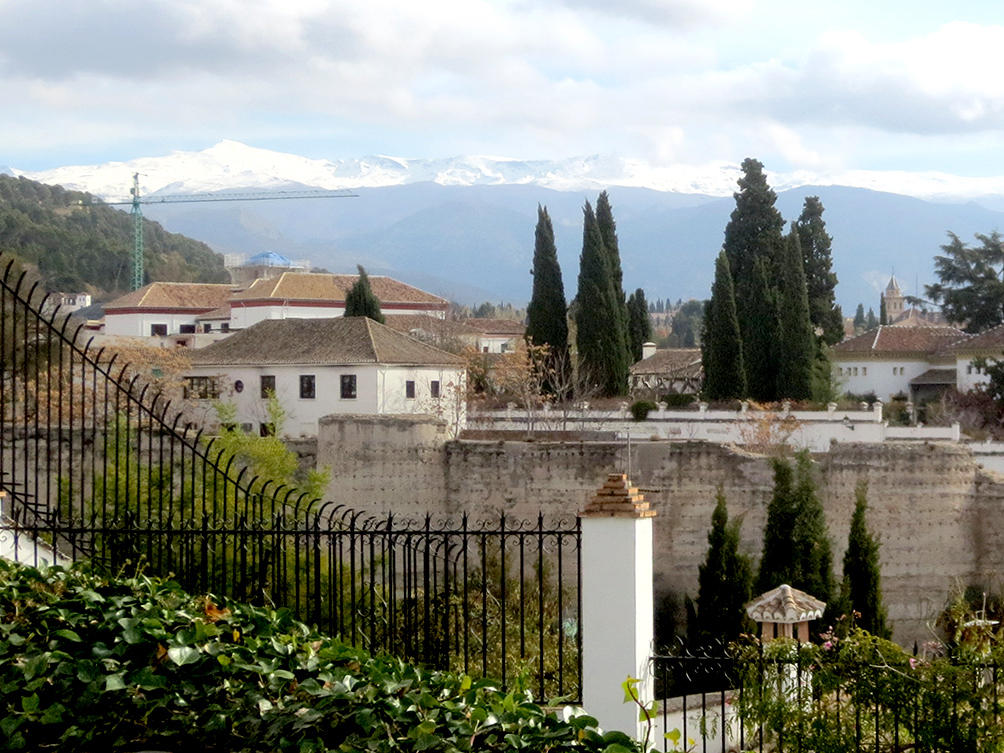
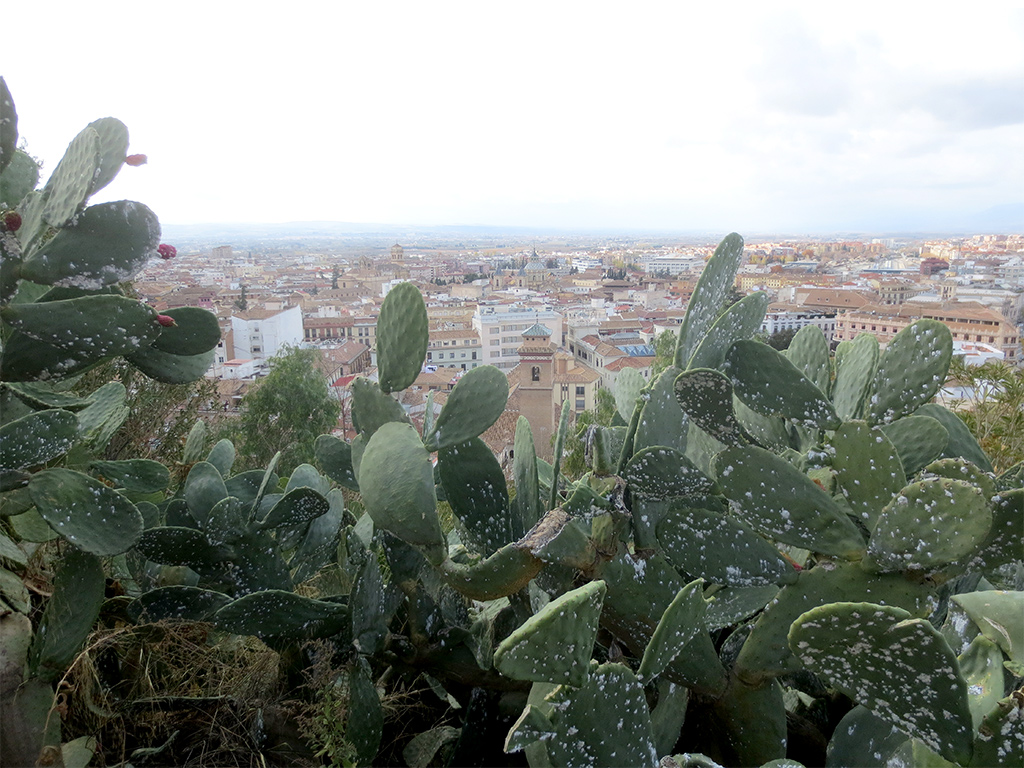
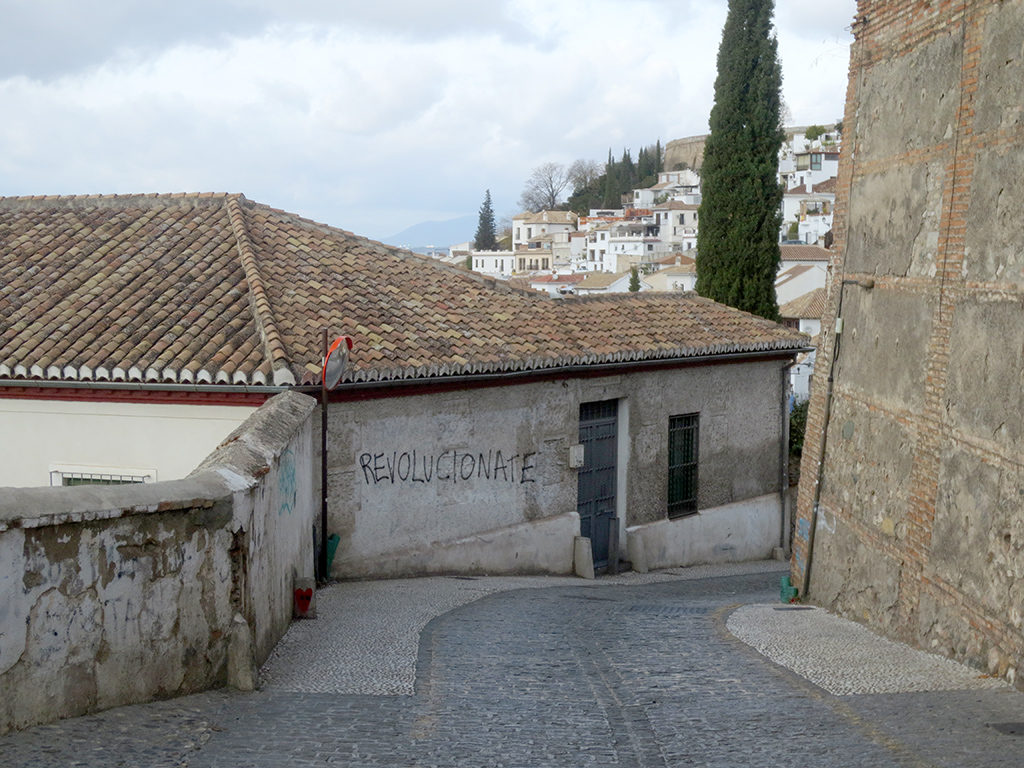
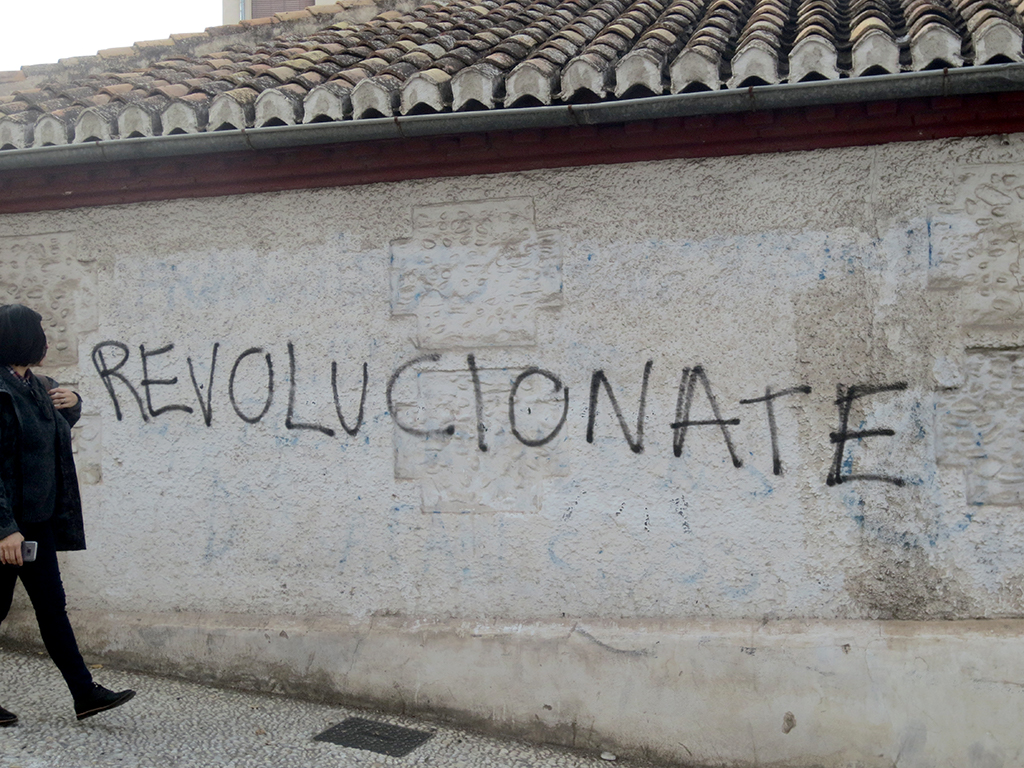
Somewhere near this location was the long-closed Bumblebee backpackers’ hostel where I stayed in 2003. Despite being armed with the address and directions from their defunct website (which I salvaged from the Wayback Machine archive) we were unable to find its precise location.
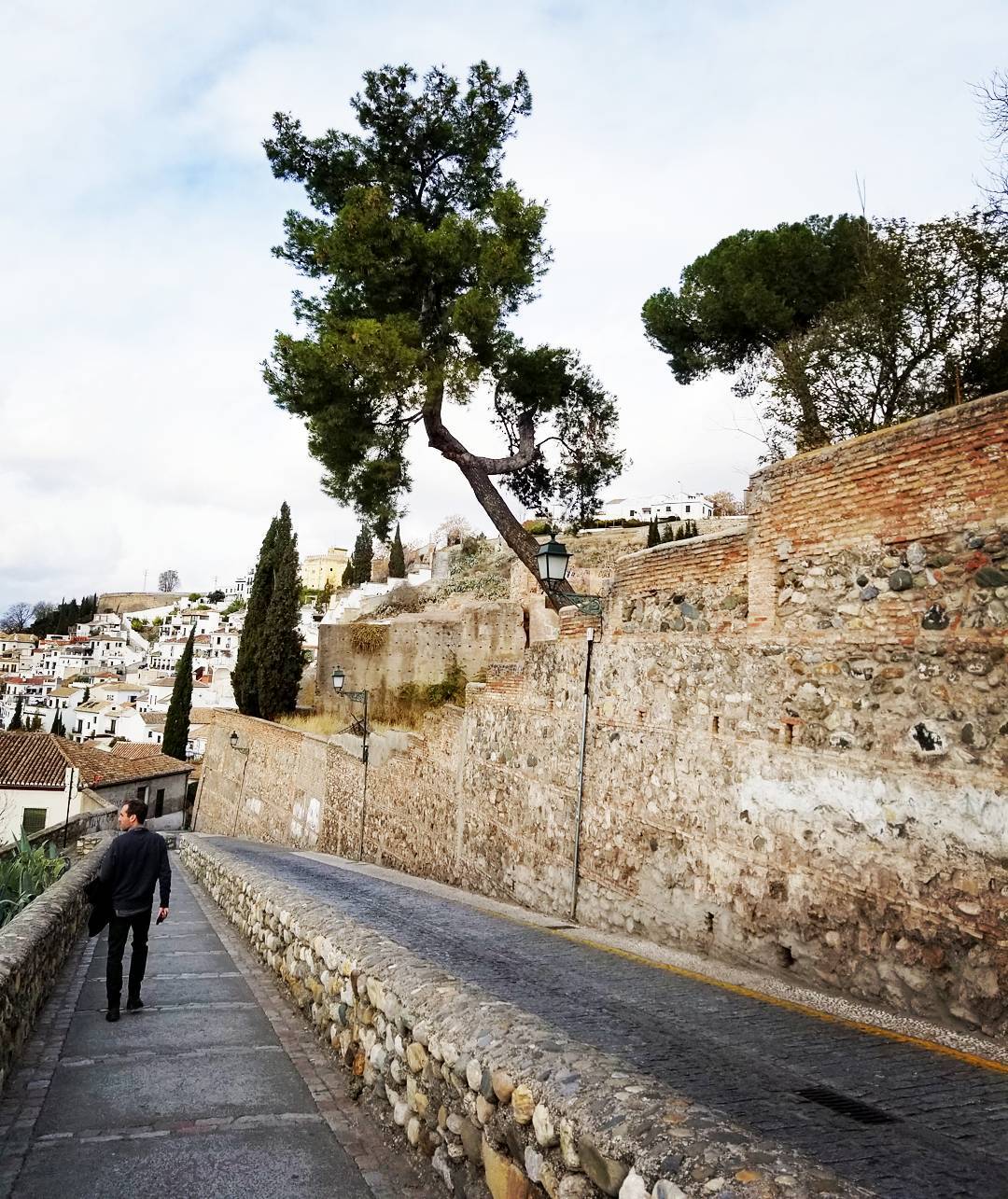
I believe we likely walked past the former hostel, but all the buildings look similar from the outside and the street numbers and other signage were likely removed when it was converted back to a private house (or, since it’s 2017, perhaps to Airbnb apartments).
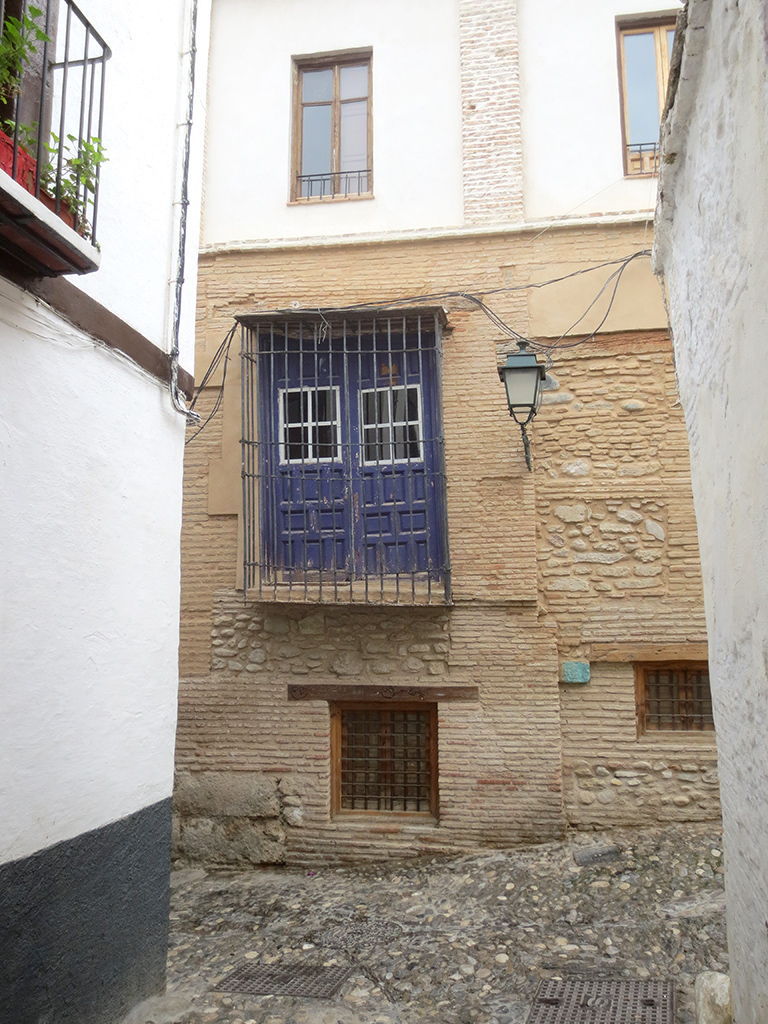
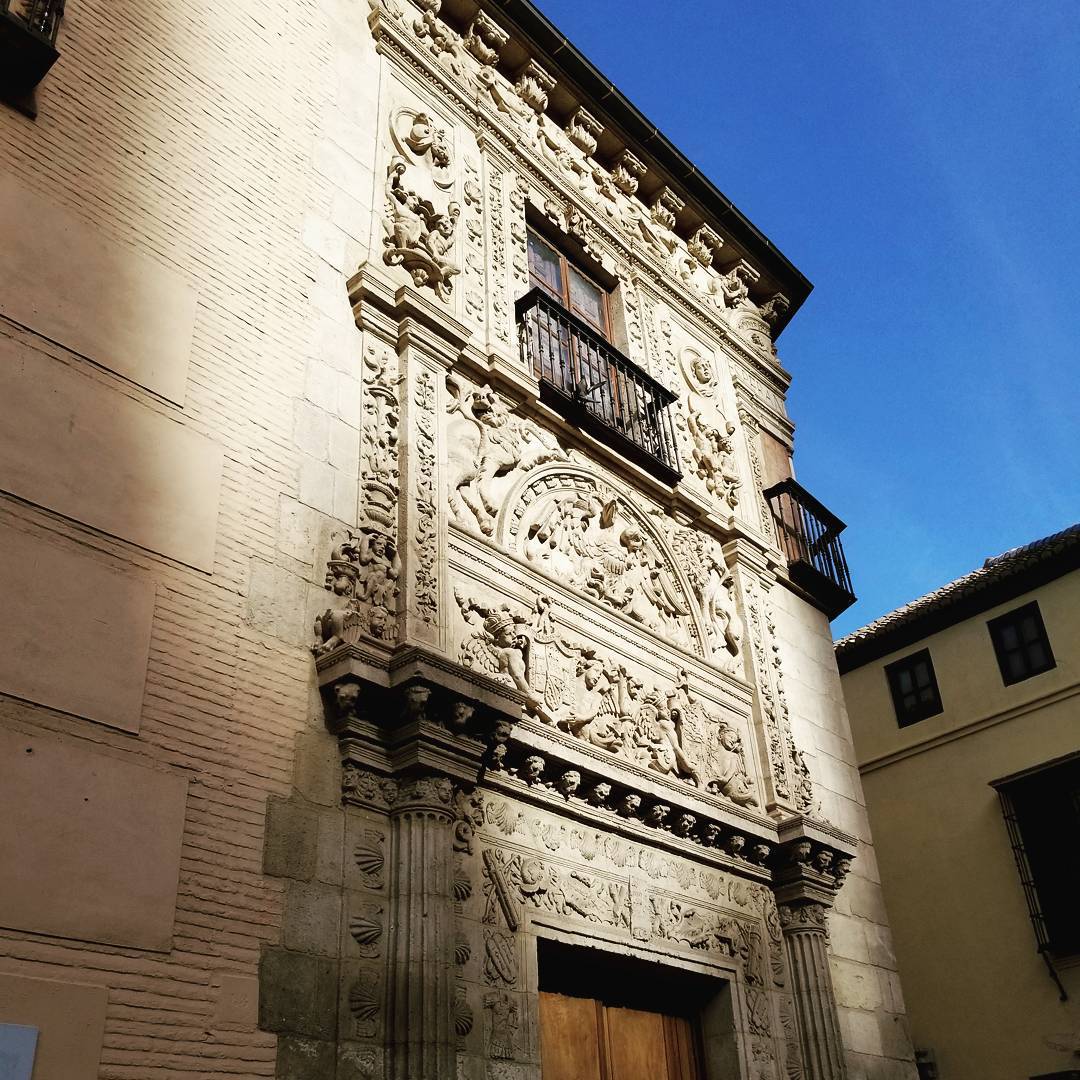
Although the narrow cobbled streets feel like pedestrian paths, they are not. Every so often everyone has to press themselves against the walls as cars, scooters or or buses rumble by.
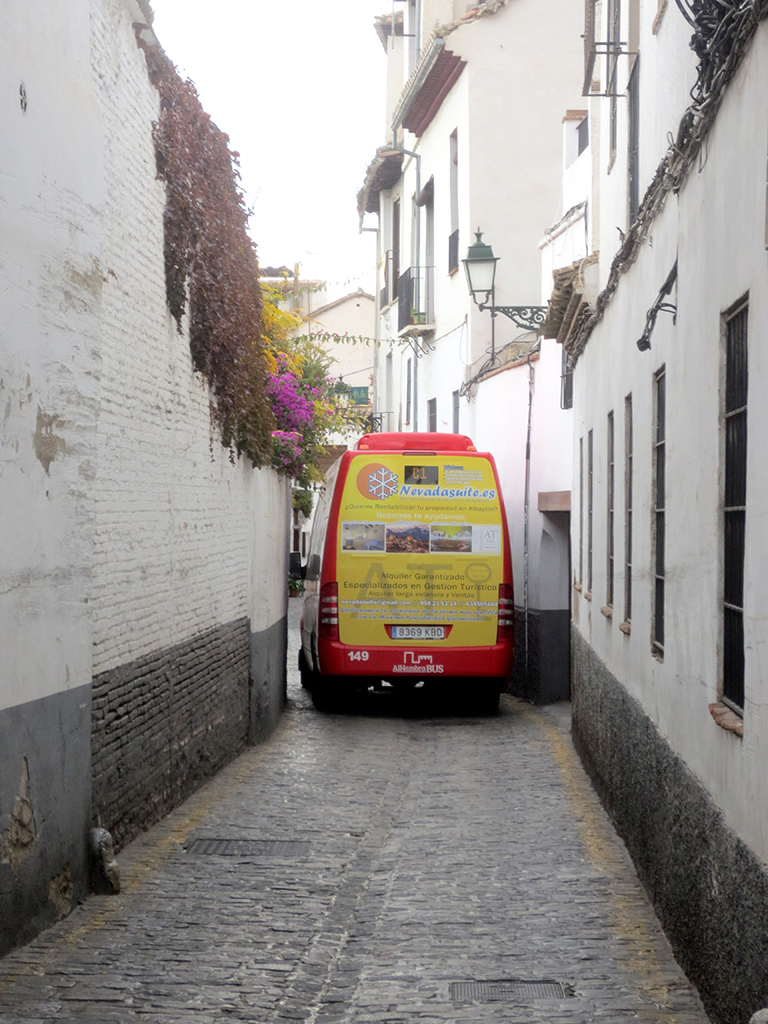
From there we weaved and twisted up to the most famous viewpoint in the Albaicín, the Mirador San Nicolás. Although most people visit here at sunset, the mirador was still lively at mid-afternoon, with various buskers in full swing and sightseers taking up prime photography spots along the wall.
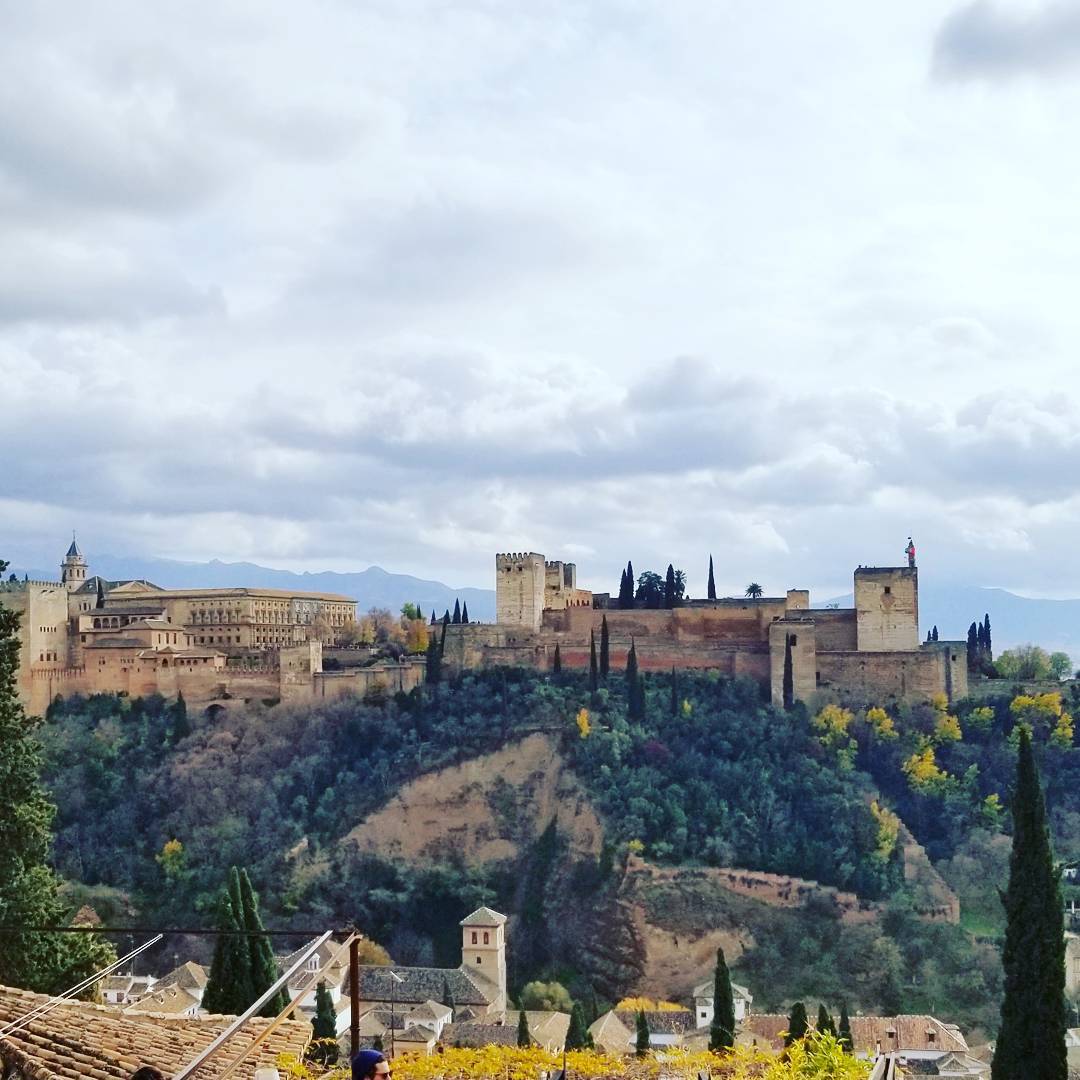
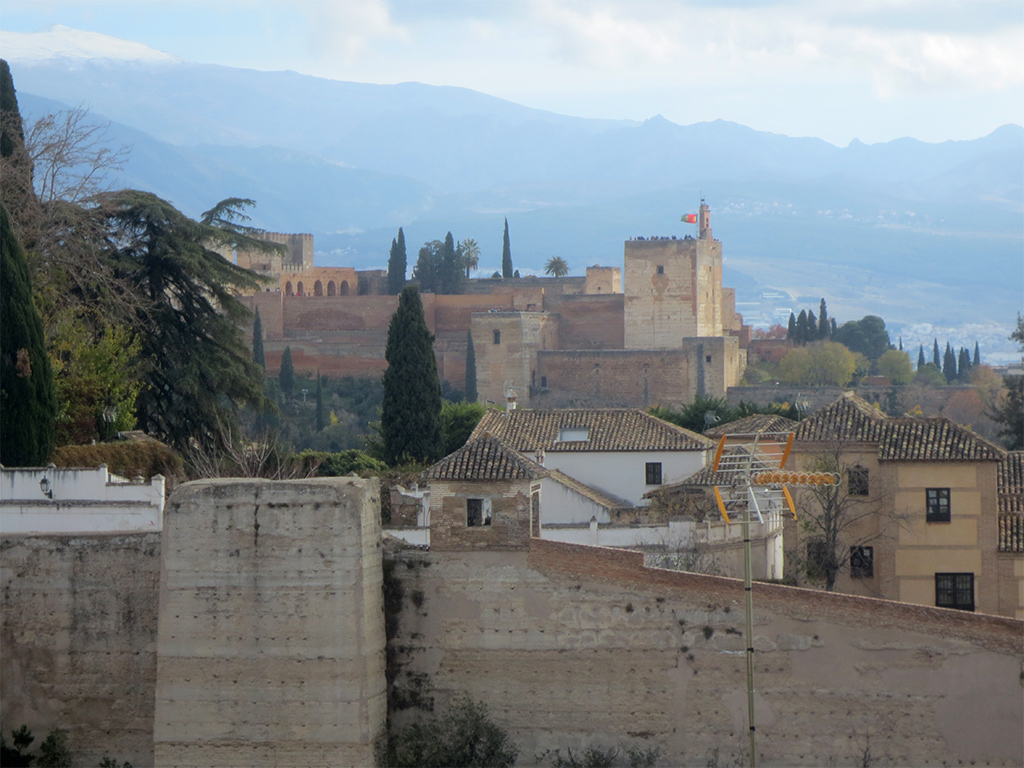
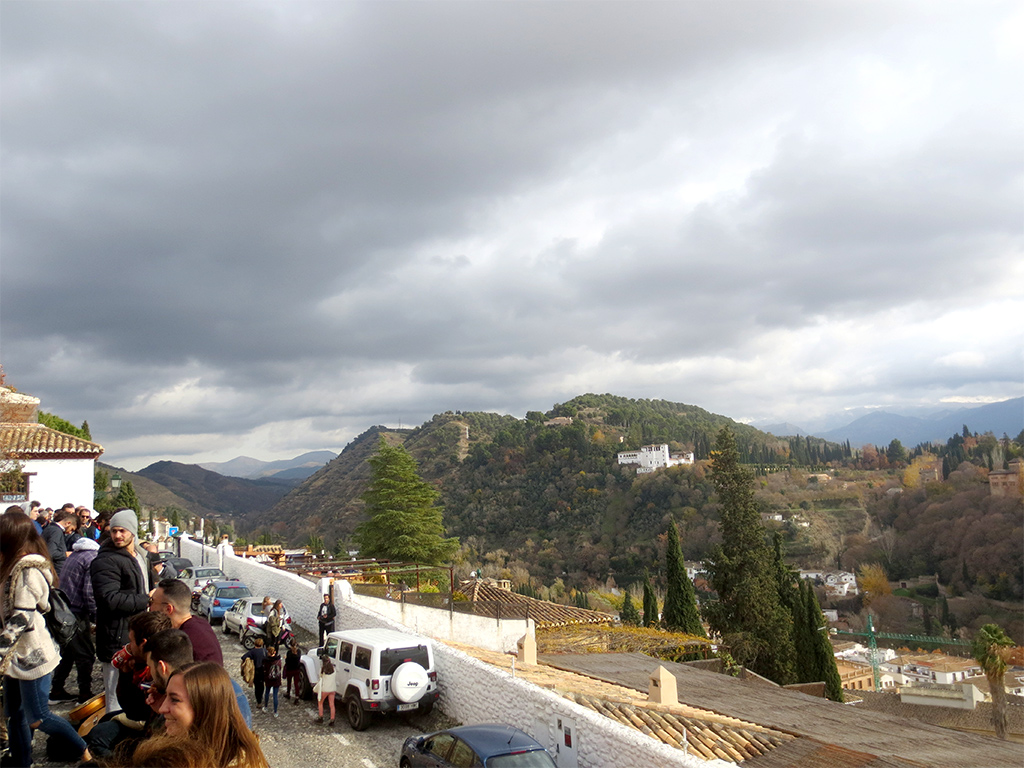
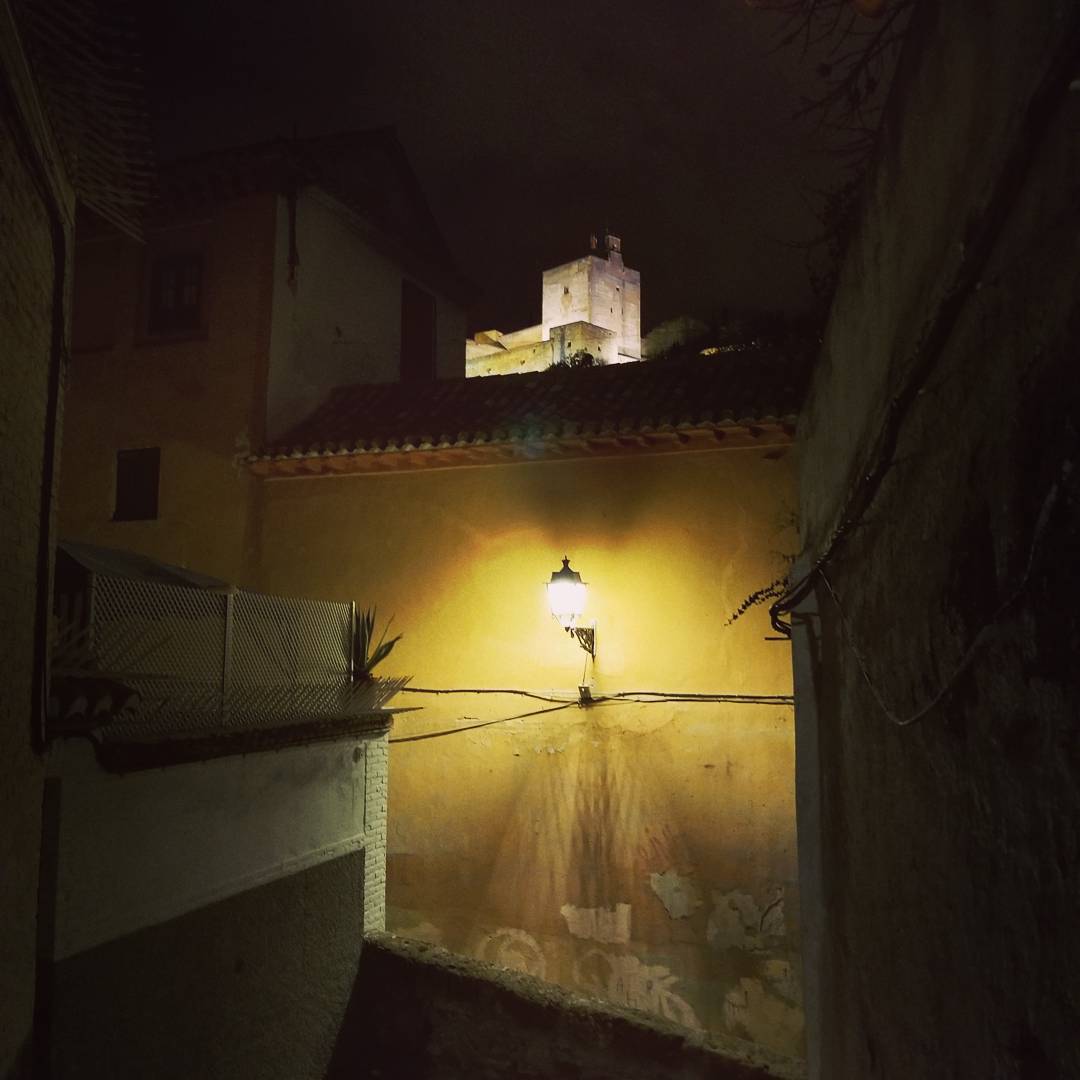
The entire Albaicín was declared a UNESCO World Heritage Site in 1984, along with the Alhambra.